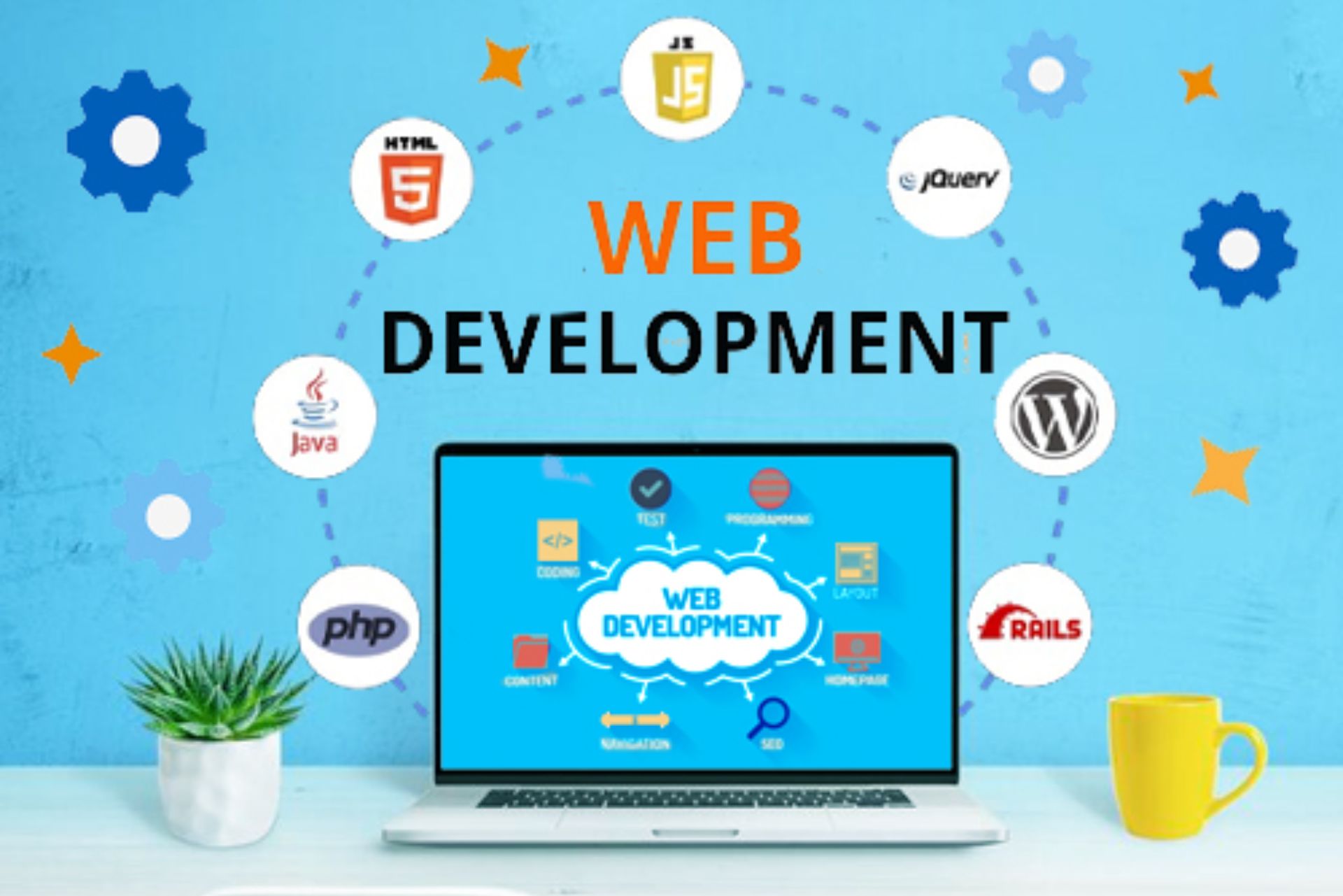#1 Website Development (Blog/Corporate) Course with Certification
Classroom Training | Live Online Session
Join our Website Development Course and learn to create a website on WordPress from scratch. Our Online & Offline Website Development Course is taught in a comprehensive format and it allows you to get further 1-on-1 mentoring sessions to clear your doubts.

1-on-1
Mentoring Sessions
Beginner
Course Level
Flexible Per Course
Timing
1000+
Students Trained
Website Development Course Details
Industry-Relevant Curriculum
1:1 Mentoring Session with Expert Trainers
No Prior Experience/Knowledge required
Access to LMS
Dedicated Q&A Support & Doubt Solving Sessions
Practice Tests & Assignments
Get Brochure Now !
Website Development Course Syllabus
This Website Development course syllabus follows a ‘learn by doing’ approach. This means you will be building your website alongside the trainer while you learn Website Development through the video lectures. You can also book a 1-on-1 mentoring session to solve all your doubts.
- Introduction to WordPress web development
- Importance of planning your WordPress website
- Various aspects of your WordPress website that require planning
- Choosing between WordPress.com & WordPress.org
- Things required to create a WordPress website
- How to install WordPress on a web host
- Overview of the WordPress dashboard
- Choosing between WYSIWYG & Gutenberg Editor
- How to customize your WordPress website
- Exploring WordPress dashboard settings in-depth
- Configure settings for your own WordPress website
- Discover additional WordPress maintenance tools
- Learn how to use Divi theme & Divi builder
- Set up essential pages of WordPress website
- Understand how to structure website’s navigation
- Learn why & how to get an SSL certificate
- Make your WordPress website secure using plugins
- Learn the importance of regularly back-ups
- Learn how to optimize your website for search engines
- Find tips on website maintenance
What Our Students Say
 “I enrolled for ProiDeators SEO, Social Media short-term certification courses. I am satisfied with this course and teaching. Also, I got all certificates from there for SEO & Social Media. I would totally recommend going for these short-term certification courses.”
“I enrolled for ProiDeators SEO, Social Media short-term certification courses. I am satisfied with this course and teaching. Also, I got all certificates from there for SEO & Social Media. I would totally recommend going for these short-term certification courses.”
– Pooja Yadav
Student of SEO & Social Media
 “Best short term course for Website Development & Google Analytics. Excellent institute for practical knowledge. It gives you quality as it promises. Specially the teachers are very good who teach with examples that make it easy to understand.” Best Digital Marketing Courses Institute.
“Best short term course for Website Development & Google Analytics. Excellent institute for practical knowledge. It gives you quality as it promises. Specially the teachers are very good who teach with examples that make it easy to understand.” Best Digital Marketing Courses Institute.
– Pratik Shirore
Student of Masters in Digital Marketing, India
Website Development (Blog/Corporate) in Digital Marketing Training Courses at Thane, Mumbai – India
Website development refers to the process of creating and building websites from scratch or modifying existing ones. It involves various tasks, including web design, coding, and content creation, to develop a functional and visually appealing website. Website development encompasses both the front-end (client-side) and back-end (server-side) aspects of a website. But As a layman it would be difficult to learn different coding languages such as java, PHP, my SQL, etc. thus there is other alternate option which can be easily learned and implemented in the digital marketing is website development through wordpress.
WordPress is the most popular content management system which help non-technical individual to create and customized the professional services based website. There are number of CMS platform but wordpress is the most effective and easiest form of development which can be grabbed quickly and effortlessly.
Whether you are planning to shift your offline business to online or thinking of creating a blogger sites wordpress is the best platform to start with. It help you to accentuate all your brand product and services at one platform and can be promoted through digital marketing platform smoothly.
Here are the key components of website development:
Planning and Requirement Analysis: This initial phase involves understanding the goals, target audience, and specific requirements of the website. It includes identifying the website’s purpose, creating a site map, and outlining the features and functionalities needed.
Web Design: Web design focuses on creating the visual layout, user interface, and overall look and feel of the website. It involves designing the website’s structure, navigation, color scheme, typography, and incorporating branding elements.
Front-End Development: Front-end development deals with the client-side of the website, which is what users interact with directly. It involves using HTML, CSS, and JavaScript to create and structure the web pages. Front-end developers ensure the website is responsive, accessible, and optimized for different devices and screen sizes.
Back-End Development: Back-end development involves creating the server-side functionality and logic of the website. It includes implementing server-side scripting languages such as PHP, Python, or Ruby, managing databases, handling user authentication, and managing data storage and retrieval.
Content Creation: Content creation is a crucial aspect of website development. It involves writing and structuring high-quality content for web pages, including text, images, videos, and other media elements. Content should be engaging, informative, and optimized for search engines (SEO).
Integration and Functionality: Website development also includes integrating various third-party tools and functionalities to enhance the website’s capabilities. This can involve integrating e-commerce platforms, payment gateways, social media plugins, contact forms, APIs, and other features that fulfill the website’s requirements.
Testing and Debugging: Once the website is developed, it undergoes rigorous testing to identify and fix any bugs, errors, or compatibility issues. Testing ensures that the website functions correctly, performs well, and provides a seamless user experience across different browsers, devices, and operating systems.
Deployment and Maintenance: After successful testing, the website is deployed to a hosting server, making it accessible to the public. Ongoing website maintenance is crucial to keep it updated, secure, and optimized. This includes monitoring performance, applying security patches, and regularly updating content.
Website development requires a combination of technical skills, creativity, and attention to detail. It aims to create websites that effectively serve their purpose, engage users, and provide a positive user experience. The specific technologies, frameworks, and methodologies used in website development may vary depending on the project requirements and the preferences of the development team.
